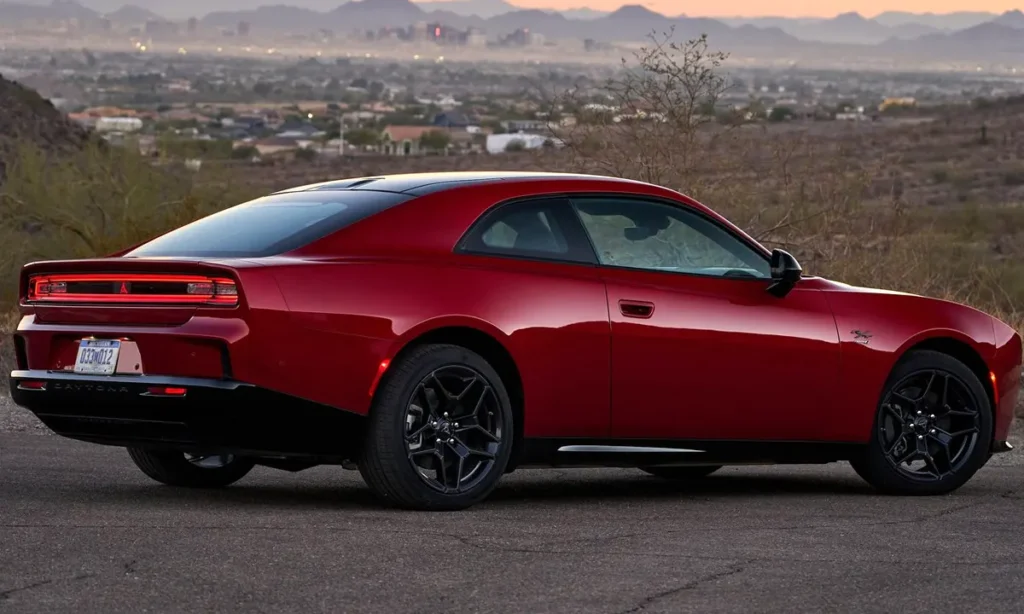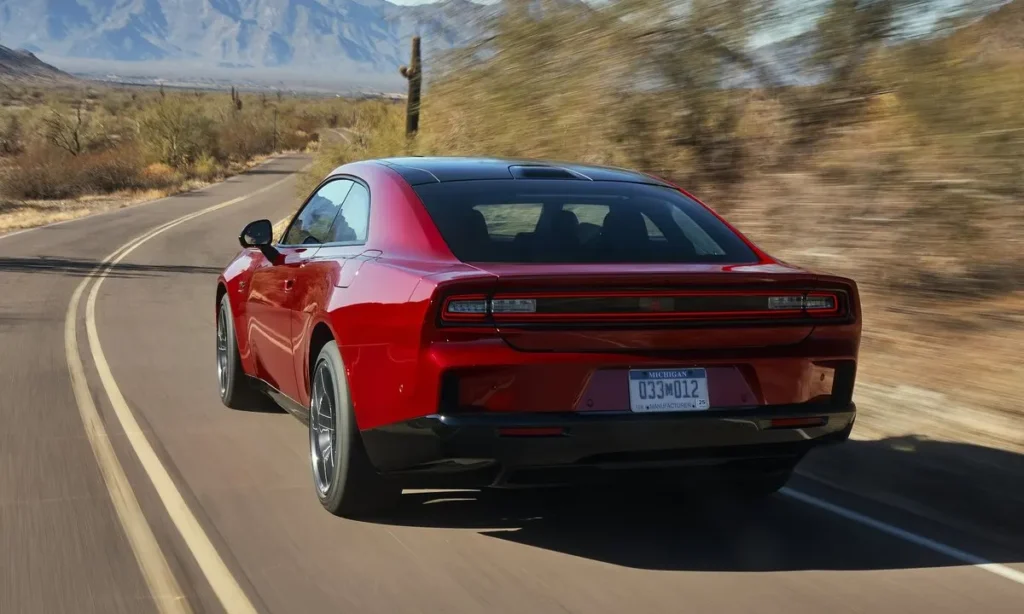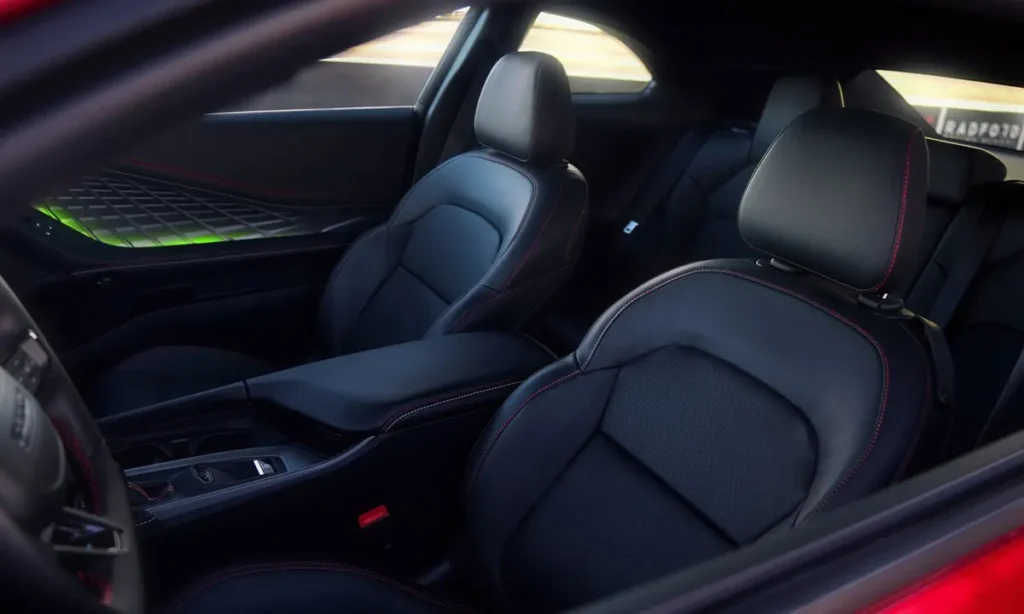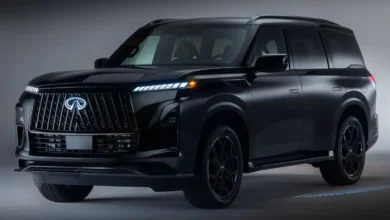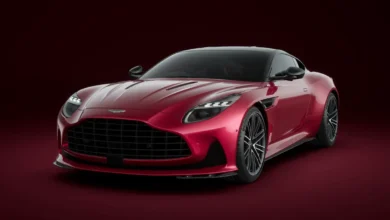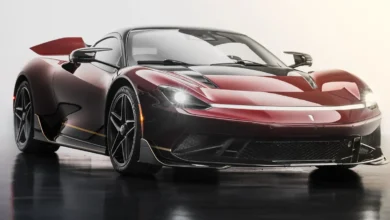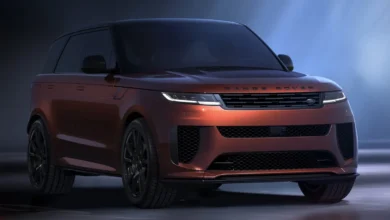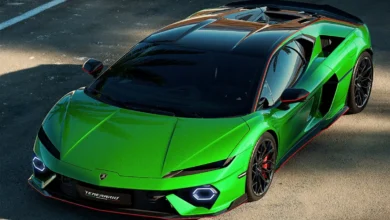2025 Dodge Charger Daytona EV: A Bold Evolution or a Daily Headache?
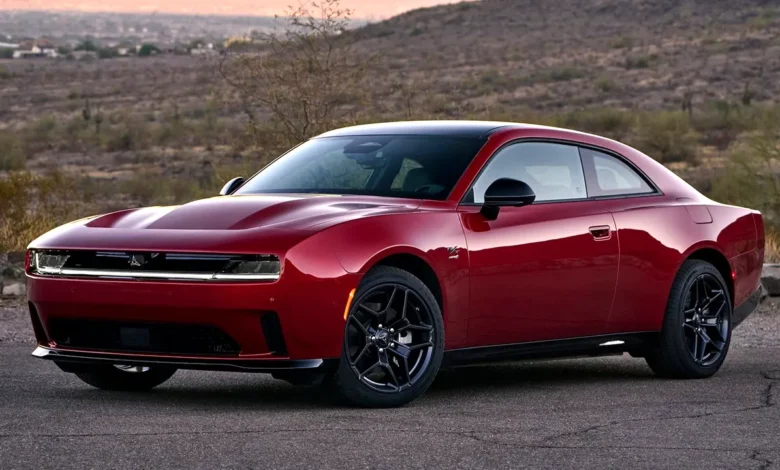
2025 Dodge Charger Daytona EV: The automotive world has entered a new age of electrification, and Dodge—the brand long celebrated for its roaring HEMI engines and iconic muscle cars—has joined the race with the 2025 Dodge Charger Daytona EV. Marketed as a high-performance electric reinterpretation of classic American muscle, the Daytona EV aims to blend nostalgia with innovation. But while Dodge has captured headlines with its aggressive design and artificial exhaust sound technology, real-world users have started sharing their experiences, and not all are glowing.
In this article, we take an in-depth look at what it’s really like to live with the 2025 Dodge Charger Daytona EV, especially in light of increasing user complaints. We’ll examine everything from driving dynamics and infotainment issues to price performance and descaling the hype from reality.
Slides: 2025 Dodge Charger Daytona EV
A Radical Departure from Tradition
The 2025 Dodge Charger Daytona EV is an all-electric fastback coupe that pays homage to its muscle car lineage while aiming to lead Dodge’s electrified future. On paper, it’s impressive. The Scat Pack variant produces up to 670 horsepower, promising thrilling acceleration and bold styling to match.
But the EV’s transition from raw gasoline power to electrified performance is not without growing pains. The most vocal criticisms come from the very people Dodge hoped would champion it—muscle car loyalists now driving electric for the first time.
Driving Experience: Unfiltered Power, Filtered Feel
One of the most notable drawbacks mentioned by users is the numb steering feel and clunky braking response. The regenerative braking system, although efficient, often transitions awkwardly into mechanical brakes, creating a jerky experience.
While the Daytona’s straight-line acceleration is thrilling, many enthusiasts have noted that the connection between driver and machine feels diluted—especially compared to classic Chargers that were tactile and raw. Mixed reviews are given to the artificial Fratzonic Chambered Exhaust, which is essentially a sound system that simulates engine sounds. Some call it innovative, others find it intrusive and even nauseating during long drives.
Tech Trouble: Uconnect and Glitches
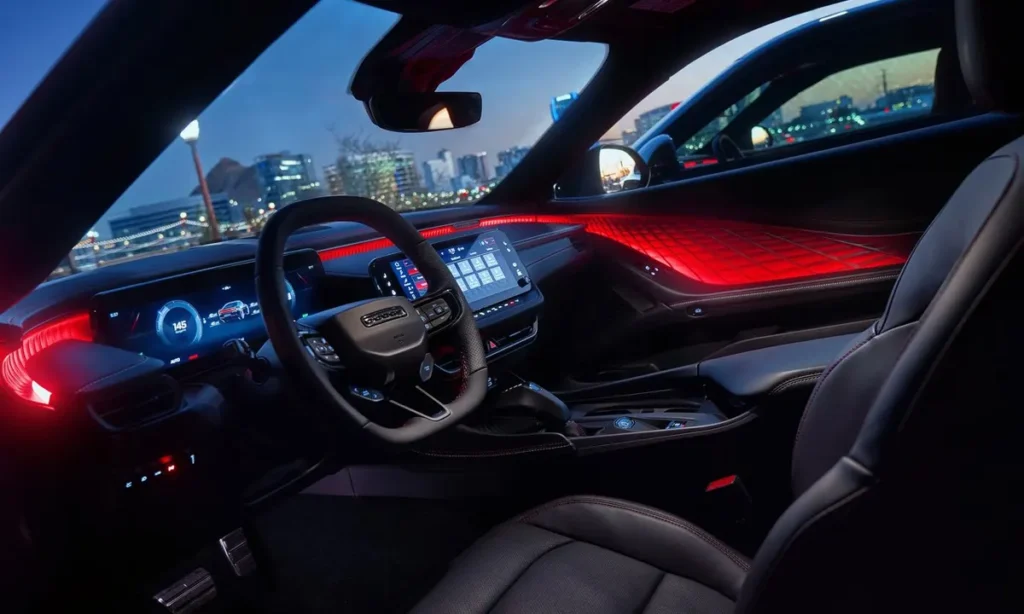
The Uconnect 5 infotainment system has been another pain point for many users. Although it boasts modern graphics and features, several owners find the interface too cluttered and unintuitive. Many choose to completely avoid using Dodge’s native system by using Android Auto or Apple CarPlay.
Moreover, early reports of software bugs and system freezes have surfaced across owner forums and social media. Some users have experienced connectivity dropouts, malfunctioning cameras, and even full system reboots while driving. In a car so reliant on digital interfaces, these issues become more than minor inconveniences—they’re safety and usability concerns.
Service Struggles and Dealership Inexperience
Since this is Dodge’s first full-blown EV, it seems the brand and its dealership network are still catching up. Users have shared stories of service departments lacking training or replacement parts, resulting in long wait times for basic diagnostics. In some cases, EV owners have had to return to the dealership multiple times for unresolved issues.
One particularly concerning trend is how some users have already started exploring lemon laws to return their vehicles. A few describe their ownership experience as exhausting, citing persistent issues, poor dealer support, and growing dissatisfaction.
Real-World Range vs. Expectations
While Dodge claims competitive range figures—about 260 miles for the Scat Pack and 317 miles for the base R/T—real-world driving tells a different story. Owners often report effective ranges between 210 to 240 miles, especially with spirited driving or cold weather conditions.
This becomes problematic for those expecting long-distance capabilities from a modern EV priced near or above $60,000. For comparison, EVs like the Tesla Model 3 and Hyundai Ioniq 6 offer similar or better performance with longer ranges at lower prices.
Is the Price Worth It?
Pricing for the 2025 Charger Daytona EV starts in the mid-$50,000s and climbs past $80,000 for fully-loaded variants. With that kind of investment, buyers expect not only style and performance, but reliability and a polished experience. However, build quality inconsistencies, questionable tech performance, and a lack of refinement leave many questioning the value proposition.
When compared to other EVs in its class—such as the Ford Mustang Mach-E GT, Tesla Model Y Performance, or even the Kia EV6 GT—the Charger Daytona feels less like a fully matured product and more like a bold experiment still in its beta phase.
Customer Satisfaction: Mixed Signals
Some loyal Dodge fans are happy to support the transition to EVs and appreciate the styling and presence of the Daytona. The liftback design makes it more practical than traditional muscle coupes, and the performance figures are no joke. Still, widespread complaints about daily drivability and long-term confidence continue to overshadow those praises.
Chart: Key User Complaints (Based on Aggregated Online Feedback)
| Complaint Area | Frequency Reported | Severity (1–5) |
| Steering/Braking Feel | High | 4.5 |
| Infotainment Glitches | Moderate | 3.5 |
| Fake Exhaust Sound | Mixed | 3.0 |
| Service Experience | High | 4.7 |
| Range Discrepancy | Moderate | 3.8 |
| Value for Price | High | 4.2 |
Final Verdict: Wait or Buy?
The 2025 Dodge Charger Daytona EV stands as a bold entry into a changing automotive landscape. It carries the DNA of Dodge muscle but filters it through the modern expectations of electric vehicles. Unfortunately, that filter isn’t quite clean yet.
If you’re a Dodge enthusiast who prioritizes styling and acceleration over finesse and refinement, the Daytona EV might still hold appeal. But for practical buyers or first-time EV drivers looking for a smooth, hassle-free experience, the current model presents too many red flags.
Most experts and users alike agree: this is a car worth watching—but perhaps not buying just yet.
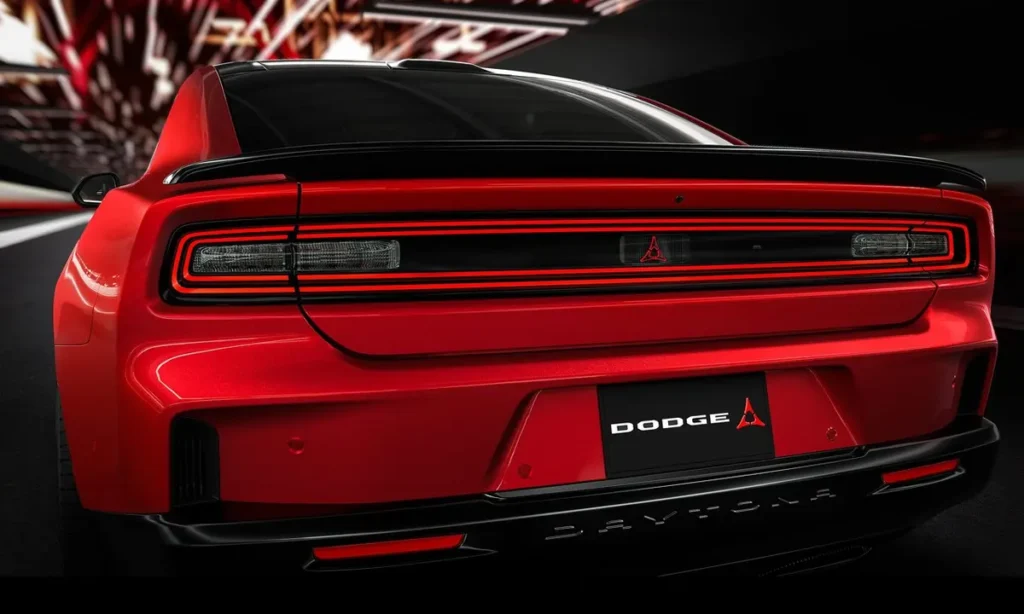
Frequently Asked Questions (FAQs)
Q1: What is the real-world range of the 2025 Dodge Charger Daytona EV?
Most owners report between 210–240 miles depending on driving habits and conditions, despite Dodge’s higher official estimates.
Q2: Does the Charger Daytona EV have synthetic engine noise?
Yes, it features a “Fratzonic Chambered Exhaust” system that generates engine-like sounds, which some users find annoying.
Q3: Are there any common issues with the Charger Daytona EV?
Yes. Users complain about difficult regenerative braking, infotainment issues, software flaws, and dealership inexperience with EV maintenance.
Q4: Does the Daytona EV make sense to purchase now?
If you value reliability and daily ease-of-use, it may be better to wait until Dodge refines the platform further.
Q5: How much does the 2025 Charger Daytona EV cost?
Prices start in the $55,000–$60,000 range and can exceed $80,000 for higher trims with performance and tech packages.

